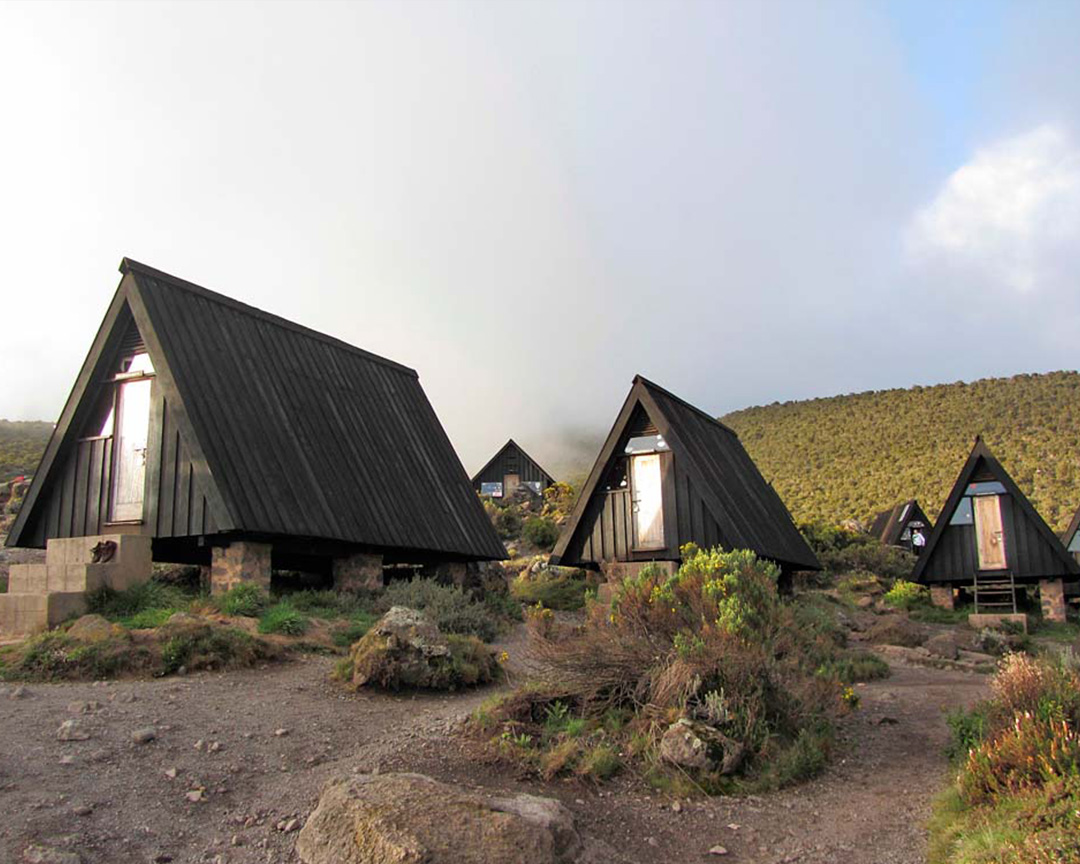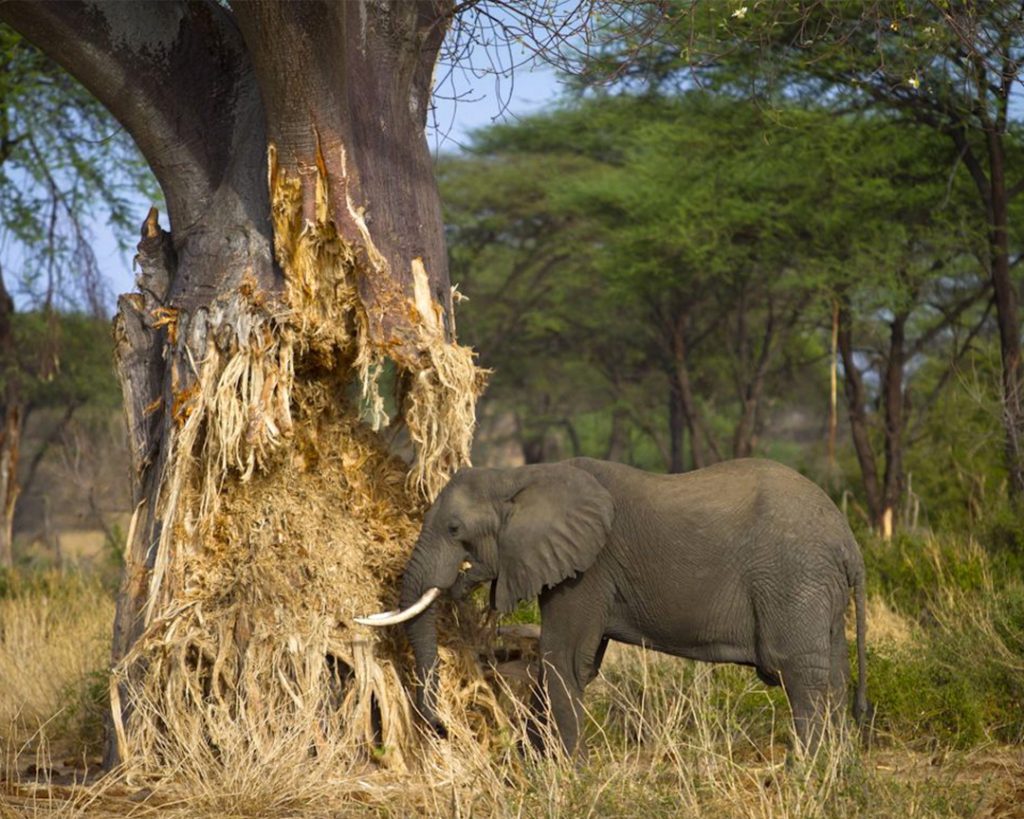The Marangu Route is also known as the “Tourist Route” and the “Coca-Cola Route.” This is because Marangu is the most popular route on the mountain, and thus is considered “touristy”, and because the route is the only one that offers sleeping huts, which serve beverages like Coca-Cola, on the way.
Marangu is the easiest route on Mount Kilimanjaro. Its ascension profile is very gradual and steady, allowing for painless trekking for most of the way. However, due to its reputation as an easy route, Marangu is often selected by unprepared, unexperienced climbers. Correspondingly, only about 35% of the people actually make it to the top.
The trek begins in the south-east area of the mountain at Marangu Gate. The route takes five days minimum to complete, although six days is more practical and recommended. The sleeping huts along the route are structures with a dining hall and bunk beds, equipped with mattresses and pillows. The descent is done on the same path, contributing to Marangu’s overcrowded feeling. It is a cheaper climb as well, due to the close proximity of the gate to Moshi, the gateway town, and because it is a shorter route.
Scenically, Marangu is not a desirable route compared to all the other routes because it confines climbers to one area of the mountain, thus limiting the variety. However, Marangu has the best trail in the rainforest section of the trek. Of course, there are still great views of the Mawenzi and it’s equally spectacular for everyone at Uhuru.
Marangu is ideal for those who are not confident in their ability to hike over steeper paths. It’s also attractive for those who do not want to sleep in a tent. Marangu’s huts offer shelter and warmth against the weather so it is a decent choice when climbing during the rainy season. Marangu is for those who want to spend less on their climb, and do not mind crowds.


